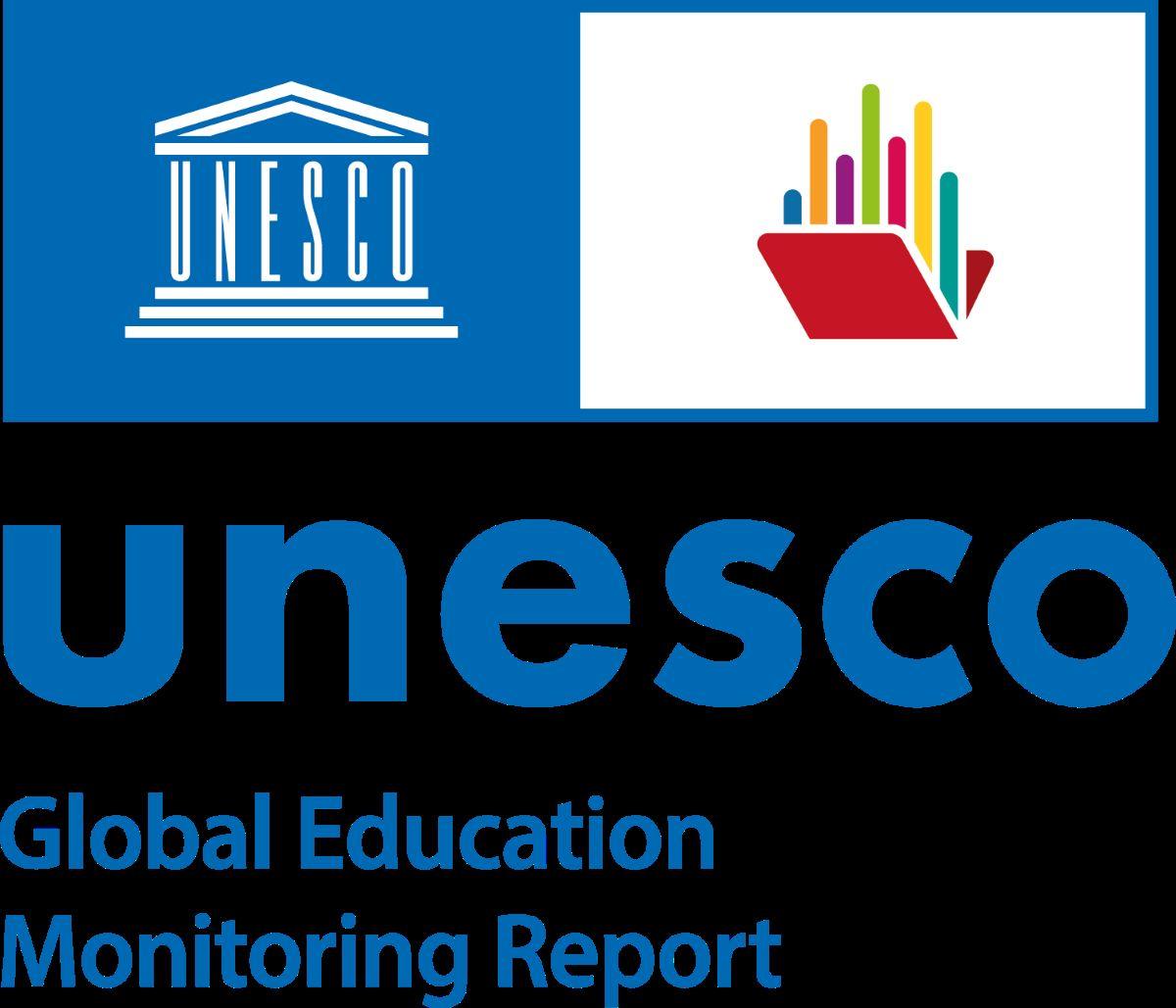
Thirty-six percent of Filipino families resort to loans to pay the tuition fees of their children, the highest percentage of families among nations surveyed, according to UNESCO’s 2021/2 Global Education Monitoring (GEM) Report released on Sunday.
The report also showed that 30% of families in countries like Uganda, Haiti and Kenya have to borrow money to afford their children’s education.
Presented at the RewirEd Forum in Dubai, the report showed that the costs of education are disproportionately falling on households in the poorest countries.
Due to this, governments were urged to provide a year of pre-primary and 12 years of primary and secondary education free for all.
The report showed that households in low- and lower-middle-income countries cover 39% of the cost of education with the government covering the remainder, compared to only 16% in high-income countries.
One in six families all over the world then save to pay school fees, while one in 12 or 8% of families in low- and middle-income countries have to borrow money to pay for their children to go to school.
“We have underestimated just how much families are still paying for education when according to governments it should be free,” said Manos Antoninis, Director of the GEM Report.
The report warned that, without better regulations, private education choices are pushing up these costs for households.
If 3.2% of households’ outgoings are being spent on education globally on average, that rises to 6% in countries with a high percentage of private schools. This cost then makes some education opportunities inaccessible for the poor, the report said.
“While the poorest households spend practically nothing on education in Argentina, Costa Rica, the Philippines and Zambia, for example, the richest 20% spend between 0.5% and 1.7% of their countries’ GDP,” it added.
Further, the study showed that many households also pay for private supplementary tuition, particularly during school closures–to which many of the poorest also cannot afford.
Most private secondary schools also receive at least 80% of their revenue from fees in 28 out of 51 upper-middle- and high-income education systems.
Meanwhile, poor parents employ a variety of strategies to cope with private school expenses. The poorest parents in low- and lower-middle-income countries often have to resort to schools that are unregistered and cheaper but likely to have poor facilities and offer lower-quality instruction.
“On top of this, the impact of COVID-19 has squeezed family budgets further. Many simply can’t afford to pay for school costs as a result. Governments must look closer at the amount that families are paying. They must focus on ensuring that education is free at the point of access–and that the poorest aren’t priced out of a good quality education,” Antoninis added.
The GEM report then recommended governments to monitor out-of-pocket education spending with household income and expenditure surveys. It said that the effectiveness of policies that target disadvantaged learners needs to be “evaluated and not assumed.”
“Formal payments are often the only ones to which governments pay attention. They often turn their eyes away from other less well documented costs that increase inequality, such as private supplementary tuition,” the report noted.
It also suggested that the governments strengthen their capacity to monitor and enforce regulations.
“Governments need to build a relationship of trust with non-state providers, encouraging them to register, eliminating arbitrariness in rules and communicating the right incentives for them to run their schools effectively for learners’ benefit,” the report added. —KG, GMA News

0 Comments